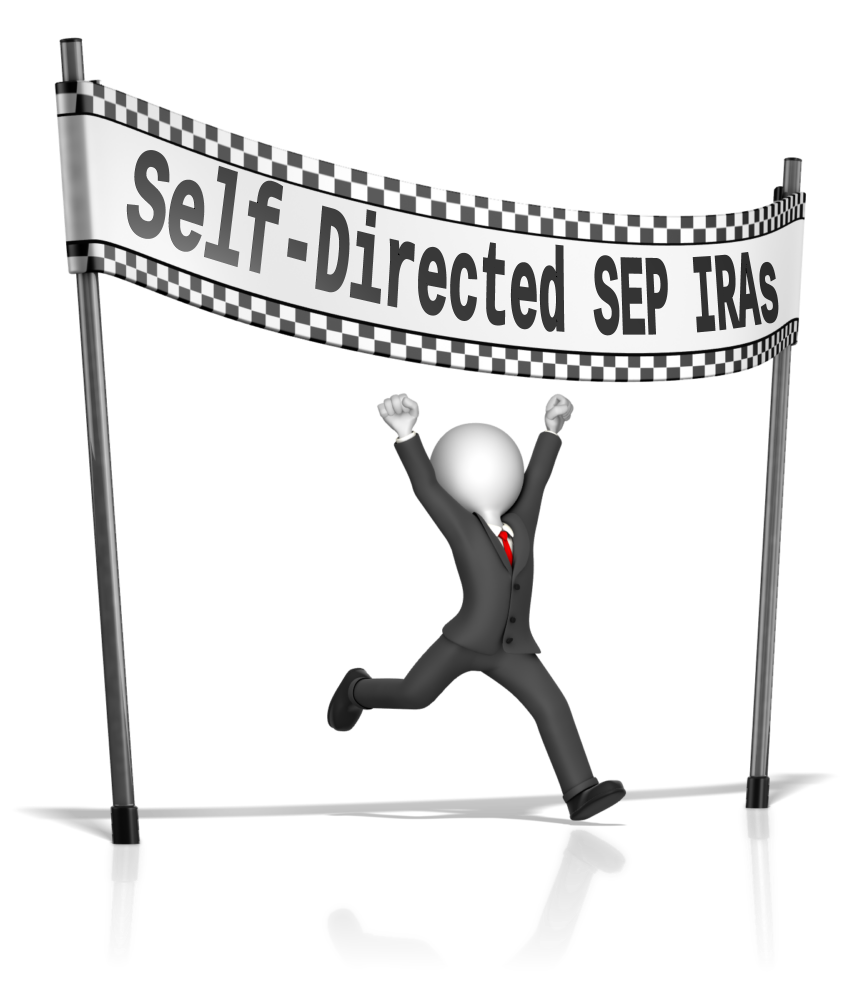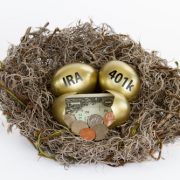Alternative Self-Directed IRA Investments for the Self-Employed and Small Business Owner – Part 1
 Self-directed IRAs allow you to take personal charge of your IRA holdings and direct your investment dollars into any number of non-traditional retirement account holdings – including real estate, private IRA lending, private placements, tax liens, precious metals, and much more. This can be an important factor in diversifying your retirement portfolio, or allowing you to pursue greater returns than you may expect in stocks, bonds, mutual funds and CDs.
Self-directed IRAs allow you to take personal charge of your IRA holdings and direct your investment dollars into any number of non-traditional retirement account holdings – including real estate, private IRA lending, private placements, tax liens, precious metals, and much more. This can be an important factor in diversifying your retirement portfolio, or allowing you to pursue greater returns than you may expect in stocks, bonds, mutual funds and CDs.
Good News
The good news is that the many benefits of self-directed IRA accounts aren’t limited to IRAs. The tax code also allows you to use self-direction within other popular small-business retirement plans, including SEP-IRAs, SIMPLE IRAs and Solo 401(k) plans (also called “individual 401(k) plans).
Even if your income renders you ineligible to make deductible contributions to a traditional IRA, you can still make deductible contributions to these retirement plans – and in most cases, you can contribute a lot more than $5,500. Under the right circumstances, your tax deductible retirement account contributions can be as high as $51,000 in a calendar year.
SEP IRAs
The SEP IRA, or simplified employee pension plan, is one of the more popular retirement solutions for small business owners. It is relatively easy to set up, and works extremely well for organizations with just one or two highly-paid principals.
As of 2013, you can contribute up to 25 percent of your taxable compensation, or $51,000 – whichever is lower – into a SEP IRA, except for self-employed individuals (see below).
Some factors to keep in mind:
- Your business must contribute to SEP accounts for all qualified employees.
- Generally, a qualified employee is any employee who is at least 21 years of age, has worked for you in at least three of the previous five years, and who earned at least $550 during the year from you.
- You aren’t required to make company contributions to employee SEPs every year. However, if you do make any contributions, you have to contribute to everyone’s account that performed services for your company that year.
- To deduct a SEP contribution for a given tax year, you must make the contribution by the due date of your tax return for the year, including extensions.
What About Schedule C Business Owners?
Some self-employed individuals – the truly self-employed, as opposed to those who are owner-employees of their own corporations – assume that they cannot open a Solo 401(k) plan or other small-business retirement plan. This is incorrect: There is nothing in the law that prohibits you from creating and contributing to these plans, making fully tax-deductible contributions.
If you file your income taxes using a Schedule C to report business expenses, you can still contribute to any of these plans. However, calculating your maximum contribution is a little different for self-employed individuals, because you must take into account the fact that you must pay self-employment taxes. In practice, then, after self-employment taxes are accounted for, most self-employed business owners can only contribute about 20 percent of your net Schedule C income into a SEP IRA.
Getting Started
For more information on this or any type of self-directed IRA account, please feel free to contact American IRA, LLC via e-mail [[email protected]] or via phone [1-866-7500-IRA(472)], or visit our website [www.americanira.com].
Image by: http://www.presentermedia.com





